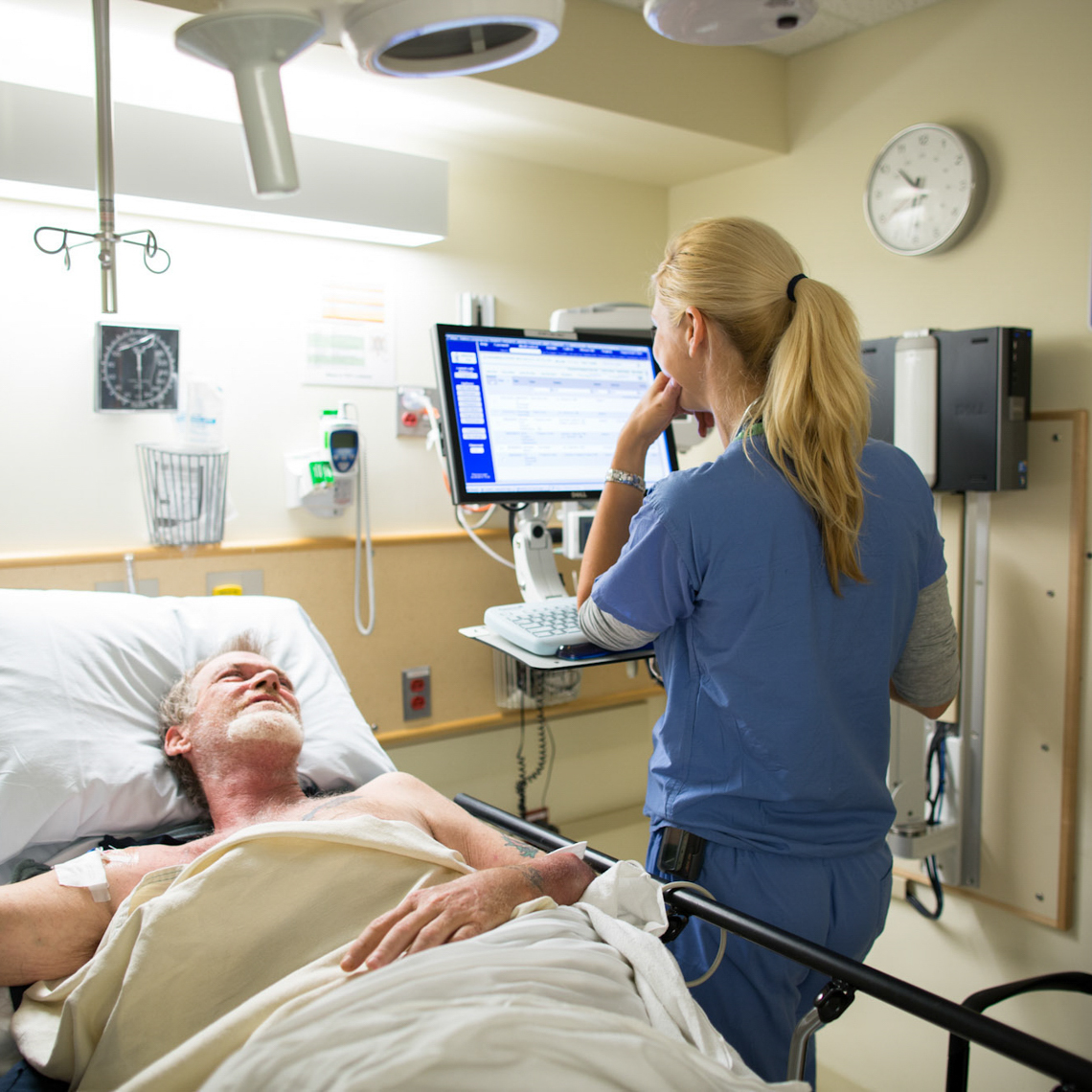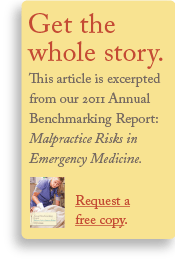Article
Optimizing the Triage Process: Standardized Treatment Protocols
In 2010, to expedite throughput in their increasingly busy ED, the University of California San Diego Medical Center (UCSD) implemented standardized symptom-based protocols.
This enabled UCSD to leverage the skills of their primary nurses and begin treatment of patients with specific symptomology at the first point of assessment. With standardized pathways, patients with abdominal pain, respiratory complaints, or psychiatric needs are receiving more timely and efficient treatment. Among the benefits are shorter wait times and a significant increase in patient satisfaction scores.
As volume continues to grow, EDs that employ standardized treatment protocols upon patient arrival can further optimize nurses’ assessment skills, and more effectively care for patients across diverse needs. Acute patients are efficiently triaged and cared for in the appropriate setting,while those with less pressing needs can often be discharged from the waiting room. Organizations that have cultivated trust and teamwork behaviors among providers will be most successful in employing these interventions.
This page is an excerpt of the full Candello report: Malpractice Risks in the Emergency Department.
ED Benchmarking Report Landing Page
Related Articles
What to do After an Adverse Event


Synthesis and Diagnostic Decision Making in an ED


